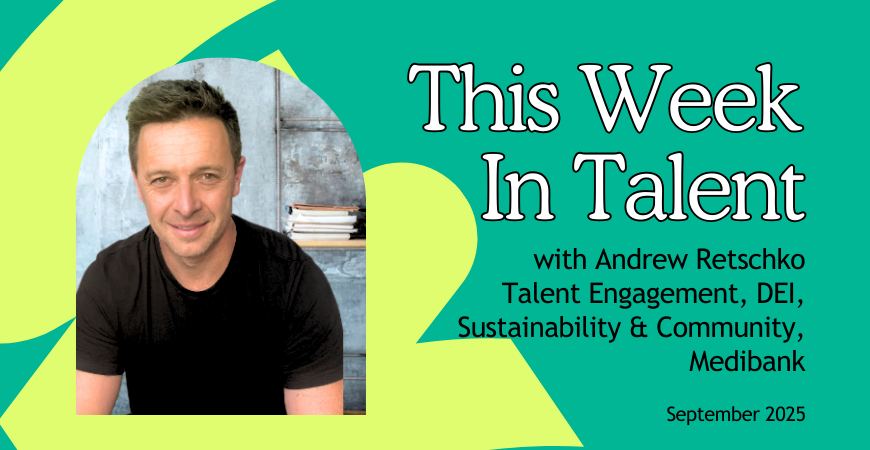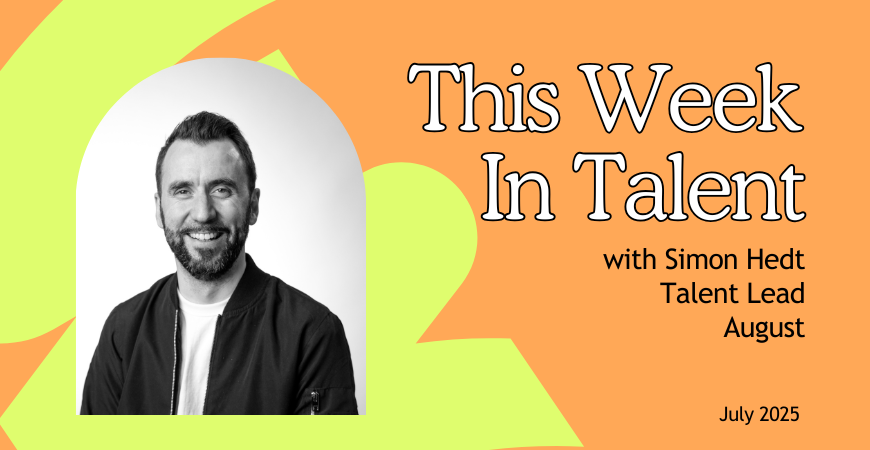Category: TWIT
All
AI & Talent Tech
Contingent Workforce
Design & Experience
Diversity & Inclusion
Employer Branding
Events
Featured
Future Of Work
Human Recruiter
Interview & Selection
Learning & Development
Mobility & OD
Skills Based Hiring
Sourcing
TA Leadership
Talent Advisory
Talent Attraction
Talent Careers
Talent Intelligence
TWIT
Uncategorized
- Andrew Retschko, Jo Vohland
Jo Vohland and Medibank’s Andrew Retschko created interview questions to help HR and Talent Acquisition leaders prepare for a 4-Day Work Week (4DWW) pilot. From system redesign and cross-team alignment to EVP positioning and candidate experience, these questions highlight the leadership skills needed to deliver a successful 4DWW transformation.
- Jo Vohland, Aubrey Blanche
As AI and new work models take hold, expectations on HR and Talent Leaders will intensify, with new role requirements quickly emerging. Interviews will test not only your past expertise but also your ability to lead the evolving programs of work. Jo Vohland collaborated with HR & Equitable Design Leader, Aubrey Blanche to map out some examples of Interview Questions you may soon be asked.
- Olga Barrett
Thinking of hiring in APAC? Forget one-size-fits-all. From China to Vietnam, Singapore to Japan, every market moves to its own beat - culturally, economically, and legally. What worked yesterday won’t work today, and what works here might fail there. Talent pools shift, policies tighten, and candidates’ priorities evolve faster than most playbooks can keep up. Dive in to uncover the realities, myths, and strategies that actually work when expanding across East Asia - warts, wins, and all.
- Olga Barrett
TA leaders often fight for credibility despite driving revenue through strategic hiring. This is my take on how to quantify TA's business impact, shift from order-taker to advisor, and build data-driven operations, calculate hiring ROI, optimise budgets, and position TA as a profit centre - not just overhead.
- Olga Barrett
Too often 'Agile' means 'we have no deadlines or planning', 'we react to every whim', 'need for speed, quality is secondary'. In fact, any mess can be justified as an 'Agile approach', and if you dare ask for structure or sanity, you risk being labelled 'rigid'.
The Agile Manifesto, born when developers, sick of siloed work, realised the only way to satisfy customers was through collaboration. With geographical expansion, demand surges and spikes, high volume of niche roles and business pressures to keep productivity up and cost per hire down came some big changes. Working just in your locale with occasional 'support' from others was not an option anymore. Before adopting Agile, we had to embody its core principle: being agile - able to move quickly and easily. When role surges hit, we assembled cross-border project teams (TA Leads, Ops, Sourcers, Marketing).
- Olga Barrett
Skills-based recruitment has become increasingly popular in the last few years, and for a good reason. We are looking at a range of sizeable benefits that happen to be especially relevant in the world of the gig-economy upsurge and talent scarcity.
After we finally admitted that the past does not necessarily define the future, and that lie detectors and psychological testing can predict one’s success only slightly better than astrology and fortune telling, many companies came to realise that when done right, skills-based recruitment is quite cost-effective.
And indeed, what is there not to love?
- Simon Hedt
For all the talk about candidate experience, most hiring processes are deeply transactional. Timelines blow out. Feedback is vague. Communication is automated. The human moments get lost in the workflow. When did we forget to just pick up the phone and have a chat? If I can leave you with anything this week, it’s this: phone before email.
No posts found
Load More
Loading...








